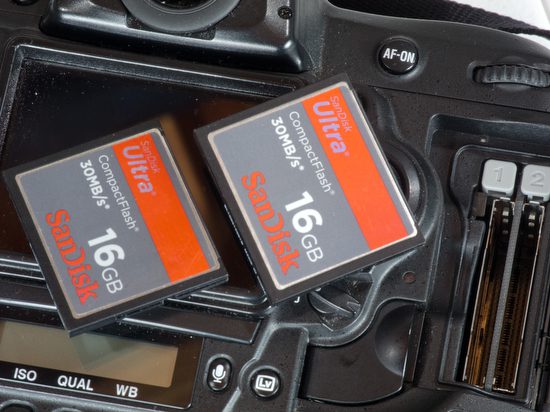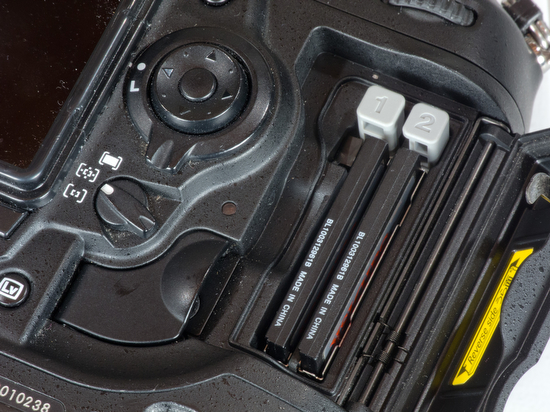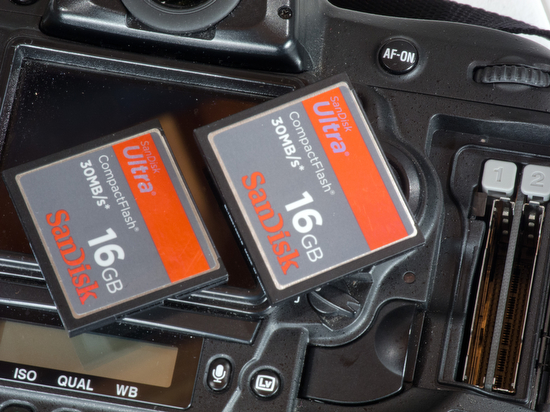Where do my photos go? You can own an awesome camera, but if you haven’t established a workflow for your images, you can lose all of them before you’ve even seen them.
I can capture all the images on a 1 – 16GB card per camera for most of my photo shoots. However, there are some photo shoots, especially when I travel overseas, where I will not only fill the two cards in the camera but also need to download them and continue to shoot.
When I have to download and reuse the images or use more CF cards, I ingest them on site with my ColorSpace Hyperdrive memory card backup system.
For some photo shoots, I will use one of the Hyperdrives for a day and then pass it along to someone to handle the post-processing one day, while I am shooting and putting more images onto another drive. At the end of that day, I will trade out the drive I gave to the person for processing.
This lets me not only continue to shoot, but if there are problems with the images, I can get a call from the person, and if there is dust on a chip, for example, I would stop shooting and clean the sensor.
The advantage of the Hyperdrives is that I can turn one on, download my images very quickly, and then continue to shoot.
 |
| I have two ColorSpace Hyperdrives: the older model, which isn’t UDMA, and the newer UDMA model. I have a 120GB drive in the older model and a 160GB drive in the newer UDMA model. |
For those wanting to travel light, the Hyperdrive with a tablet will let you see your images and have a backup of all the pictures with minimal computer equipment.
There are two major times when the speed of your cards will become very noticeable.
1) When you shoot a lot of images quickly, your card will come to a stopping point until the photos can be written to the card. This is when the cheapest, usually not the fastest cards, will affect your ability to continue to work.
2) When you ingest your cards into either your computer or the ColorSpace Hyperdrives, the speed of the cards will determine the transfer time.
Unless these are critical, you can generally shoot a slower card that costs much less.
One last suggestion: Always format your cards in your camera, not on your computer. Cameras are formatted differently and will give you better performance.



